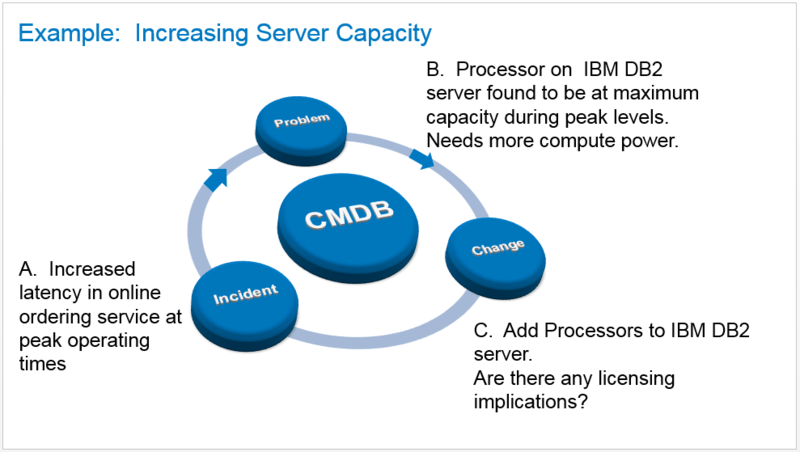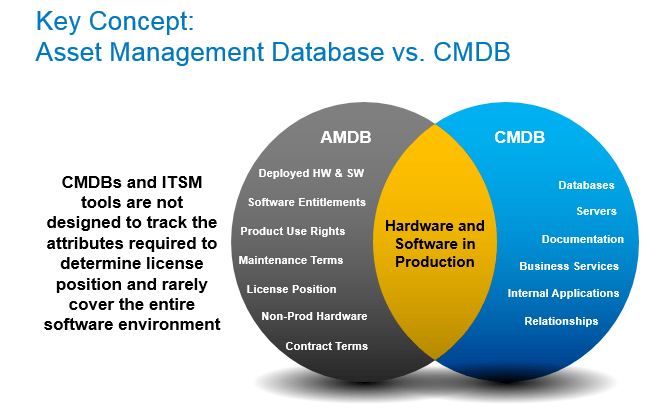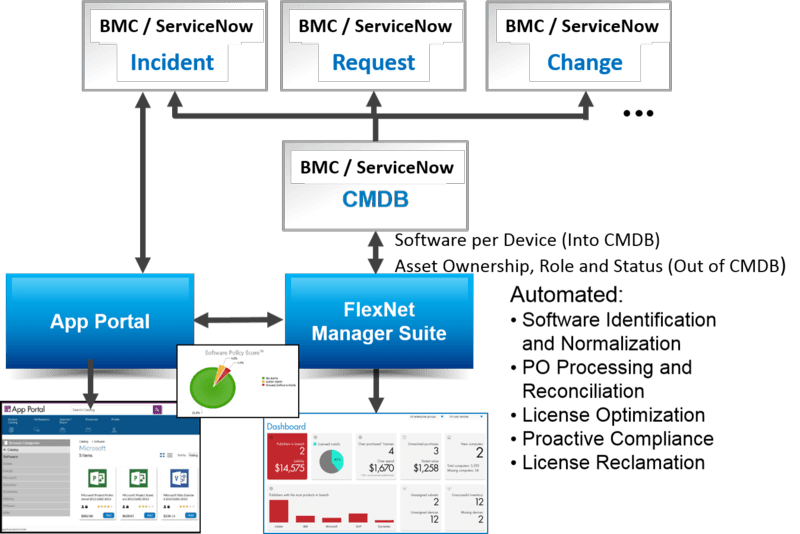Many of the enterprise customers we work with already have, or are in the process of implementing, an IT Service Management (ITSM) solution such as BMC or ServiceNow. IT Service Management is focused on efficiently delivering services to the business. Services can be many different things across many areas of the business, such as: a new hire on-boarding process, increasing the capacity of a server to meet higher workload demands, updating software that is deployed in the enterprise, an online ordering service, etc.
The user facing area of an ITSM solution is called the service catalog. As noted in this earlier blog by Martin Kurzinsky, on Integrating an App Store with an ITSM Service Catalog—ITSM traces its origins back to Information Technology Infrastructure Library (ITIL), a customizable framework of best practices designed to promote quality computing services in the information technology (IT) sector.
Commonly, ITSM processes, which include incident management, request management, change management, capacity management, and others, rely on a Configuration Management Database (CMDB) to keep track of “configuration items” (CIs) such as hardware assets and the relationships between hardware assets and software, for example.
Why do I need SAM too?
ITSM processes and tools are all geared towards delivering IT services; they are not focused on controlling software costs or understanding and maintaining software license compliance. That is where software asset management (SAM) and license optimization processes and tools come into play. To illustrate the differences, see Figure 1 below, which shows the types of data stored in the Asset Management Database (AMDB) of the one side, and the data stored in the CMDB on the other.
We see that the AMBD, which is the asset management repository used by SAM processes, stores data such as software license entitlements, including product use rights (upgrade, downgrade, second use, virtual use, etc.), and license position information, among other things. The CMDB doesn’t typically have this information.
The overlapping section in the middle illustrates that both repositories can contain data on hardware and software assets that are used in production environments. The AMDB has hardware and software asset data for all environments—production and non-production, since to maintain license compliance, you also have to cover your test, QA, backup and development servers, for example.
You Also Need an Integrated Solution
Figure 2 below shows an example of a common scenario where ITSM processes need to be tied into your software license management processes. In this example, an online ordering service is experiencing increased latency during peak periods (A). This causes an incident to be created via the ITSM service catalog. It is determined that the server running the IBM DB2 software that supports this online ordering service needs more computing power (B). This kicks off a change management process (C) in which additional processors will be installed in the IBM DB2 server to boost compute capacity. The key question at this point is—how does this change impact your IBM licensing requirement for DB2?
IBM DB2 is licensed by Processor Value Unit (PVU), which is a processor-core based license model. Adding more processors to the server means that you need more PVU licenses to cover that increased capacity. If this is not taken into consideration, at software audit time, the organization will be on the hook for audit true-up costs for licenses to cover the expanded capacity.

Figure 2: Example showing the need for integration between ITSM and License Management processes and tools
Integration between your ITSM and software asset management tools allows data to flow bi-directionally between the AMDB and the CMDB (see Figure 3 below). For example, the SAM tools can provide the normalized list of installed software per device into the CMDB. This information can be used to enhance IT service delivery in many cases, such as:
IT Asset Management
It all starts with knowing what’s in your IT ecosystem. Flexera One discovers even the most elusive assets whether on-prem, SaaS, cloud, containers and more.
- Performance Management—a conflict between installed applications is causing a performance problem that can be more quickly resolved by knowing exactly what software versions and editions are installed on the device. Shorten your Mean Time to Repair with this data.
- Change Management—a Microsoft SQL Server patch must be applied to fix a security vulnerability. Which production and non-production servers will be affected by this change?
The CMDB can provide information to the software asset management and license optimization tools such as hardware asset ownership, role and status. This is information that cannot be collected through the normal discovery and inventory process.
- Asset Ownership—allows software license compliance to be reported at different levels of organizational hierarchy—such as by business units or subsidiaries.
- Asset Role—provides information on whether the device, for example a datacenter server, is being used for production or non-production use. This allows the SLO tools to apply license entitlements known as product use rights to reduce license consumption—for example a warm backup server may be covered under the same license as the production server.
- Asset Status—by knowing which devices are retired hardware assets, the tools can reclaim licenses for software allocated to those machines which reduces the need to buy new licenses.
Flexera is partnered with both BMC and ServiceNow to deliver integrated solutions that enhance both ITSM and SAM processes and drive additional business value.
We invite you to download this free White Paper titled “Integrate Software License Optimization and IT Service Management to Increase Efficiency and Reduce Costs” to learn more about:
- The value of fully leveraging software license entitlements to reduce software costs
- The benefits to your ITSM program from integrating SLO with ITSM to provide information on installed software and current license position
- How Software License Optimization leverages CMDB data to drive the optimization process







